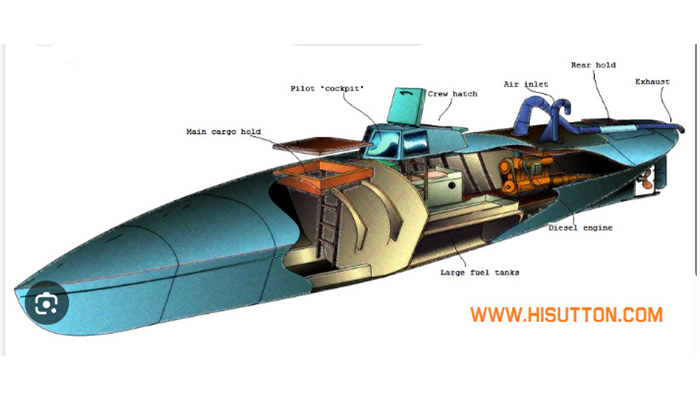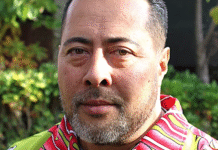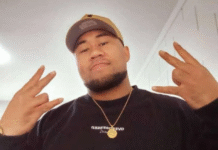Commentary – Tonga is in the grip of a drug crisis. That much is clear. What remains disturbingly unclear is whether our leaders truly understand the evolving methods used by transnational drug traffickers to infiltrate our borders.

For years, public discourse in Tonga has focused on familiar smuggling routes: yachts docking at our ports, cargo vessels suspected of dropping packages at sea, and local rafts ferrying drugs to shore. These are real threats, and they deserve attention. But there is a new, more sophisticated method of trafficking that has yet to enter the national conversation—sub-narcotic craft.
These are semi-submersible or fully submersible vessels, often custom-built and used by drug cartels to transport large quantities of narcotics undetected beneath the ocean’s surface. They have been intercepted in parts of Central and South America for years. Now, they are appearing in the Pacific.
Just recently, a sub-narcotic craft was discovered in the Solomon Islands. This should have sent shockwaves through the region. Yet in Tonga, there has been no official statement, no public discussion, and no indication that our authorities are even aware of this development.
Criminal networks often stay ahead of law enforcement by adopting advanced technologies. One such innovation is the use of small, semi-submersible vessels that skim just above the ocean’s surface.
Fiji Village reported in December that narco-subs carrying large quantities of drugs had been found in the Pacific, highlighting the urgent need for stronger maritime security cooperation
The Colombian Navy announced its first seizure of an unmanned narco-submarine equipped with a Starlink antenna off its Caribbean coast, the NZ Herald reported. Although the vessel was not carrying drugs, officials believed it was a test run by a cocaine trafficking cartel.
These crafts are difficult to detect and can travel long distances without stopping, making it harder for authorities to intercept them during transit.
This silence is alarming.
Tonga’s vast maritime territory makes it vulnerable to precisely this kind of covert trafficking. If sub-narcotic craft are already operating in the Pacific, it is only a matter of time before they reach our waters—if they haven’t already.
The question is: Are we prepared?
Our leaders must urgently expand their understanding of the drug trade. This includes investing in maritime surveillance, collaborating with regional security partners, and educating the public about the full scope of the threat.
Ignorance is no longer an excuse. The technology used by traffickers is evolving. Our response must evolve with it.
Tonga cannot afford to be reactive. We must be proactive. The lives of our young people—and the future of our nation—depend on it.







